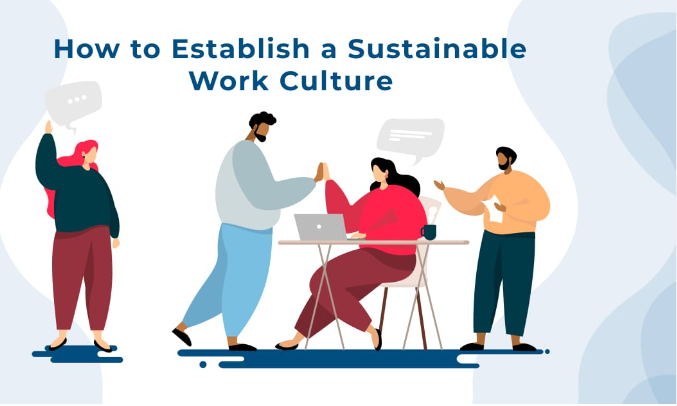Introduction:
In today’s rapidly evolving workplace landscape, fostering a diverse work culture goes beyond mere representation – it’s about creating an inclusive environment where every individual feels valued, respected, and supported. A diverse work culture not only enriches the employee experience but also plays a pivotal role in promoting employee well-being. In this blog post, we’ll explore the symbiotic relationship between a diverse work culture and employee well-being, and how organizations can nurture a supportive environment where all employees can thrive.
Understanding Diverse Work Culture:
Diverse work culture encompasses a range of factors, including but not limited to gender, ethnicity, age, sexual orientation, disability, and socio-economic background. A diverse work culture celebrates differences and recognizes the unique strengths and perspectives that each individual brings to the table. It values inclusivity, equity, and belonging, and fosters a sense of community and mutual respect among employees.
The Impact on Employee Well-being:
A diverse work culture has a profound impact on employee well-being in several ways:
Psychological Safety: A diverse and inclusive work environment cultivates psychological safety, where employees feel comfortable being themselves, expressing their opinions, and taking risks without fear of judgment or reprisal. This sense of safety and acceptance contributes to lower stress levels, increased job satisfaction, and overall well-being.
Sense of Belonging: When employees feel included and valued for who they are, they develop a sense of belonging and connection to the organization. This feeling of belonging fosters greater engagement, motivation, and loyalty, leading to higher levels of well-being and retention.
Reduced Discrimination and Bias: A diverse work culture actively addresses discrimination and bias, creating a fair and equitable workplace where all employees have equal opportunities for advancement and success. By eliminating barriers and promoting diversity and inclusion, organizations can mitigate the negative effects of discrimination on employee well-being and mental health.
Enhanced Creativity and Innovation: Diversity breeds creativity and innovation by bringing together individuals with different perspectives, experiences, and backgrounds. A diverse workforce is better equipped to identify opportunities, solve complex problems, and drive innovation, leading to greater job satisfaction and fulfillment among employees.
Nurturing a Supportive Environment:
To nurture a supportive environment that promotes both diversity and employee well-being, organizations can take the following steps:
Promote Inclusive Leadership: Foster a culture of inclusive leadership where leaders actively listen to diverse perspectives, advocate for equity and fairness, and champion diversity and inclusion initiatives at all levels of the organization.
Provide Diversity Training and Education: Offer training and education programs on diversity, equity, and inclusion to raise awareness, challenge biases, and promote empathy and understanding among employees. Encourage open dialogue and constructive conversations about diversity-related issues.
Create Affinity Groups and Support Networks: Establish affinity groups and support networks for employees from underrepresented groups to connect, share experiences, and provide mutual support. These groups can serve as valuable resources for networking, mentorship, and advocacy within the organization.
Implement Flexible Policies and Practices: Adopt flexible work arrangements, policies, and practices that accommodate the diverse needs and preferences of employees, such as flexible hours, remote work options, and family-friendly benefits. By promoting work-life balance and flexibility, organizations can support employee well-being and productivity.
Conclusion:
In conclusion, nurturing a diverse work culture is essential for promoting employee well-being and creating a supportive environment where all employees can thrive. By embracing diversity, fostering inclusion, and championing equity, organizations can cultivate a workplace culture that values and respects the unique contributions of every individual. By prioritizing both diversity and employee well-being, organizations can drive engagement, retention, and ultimately, business success.












